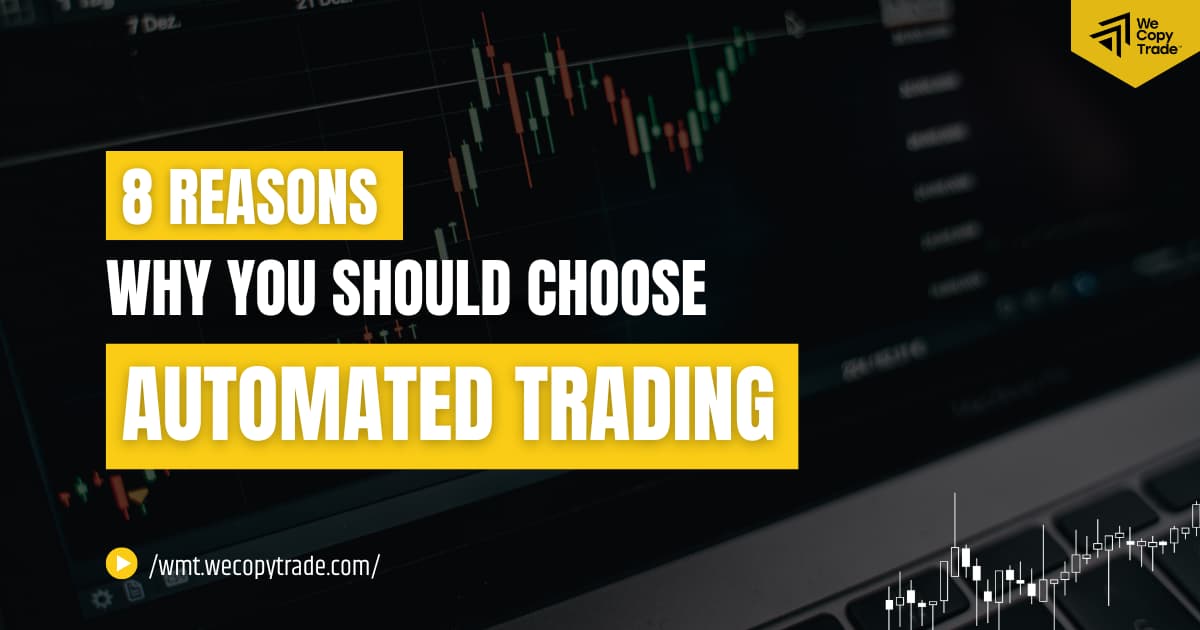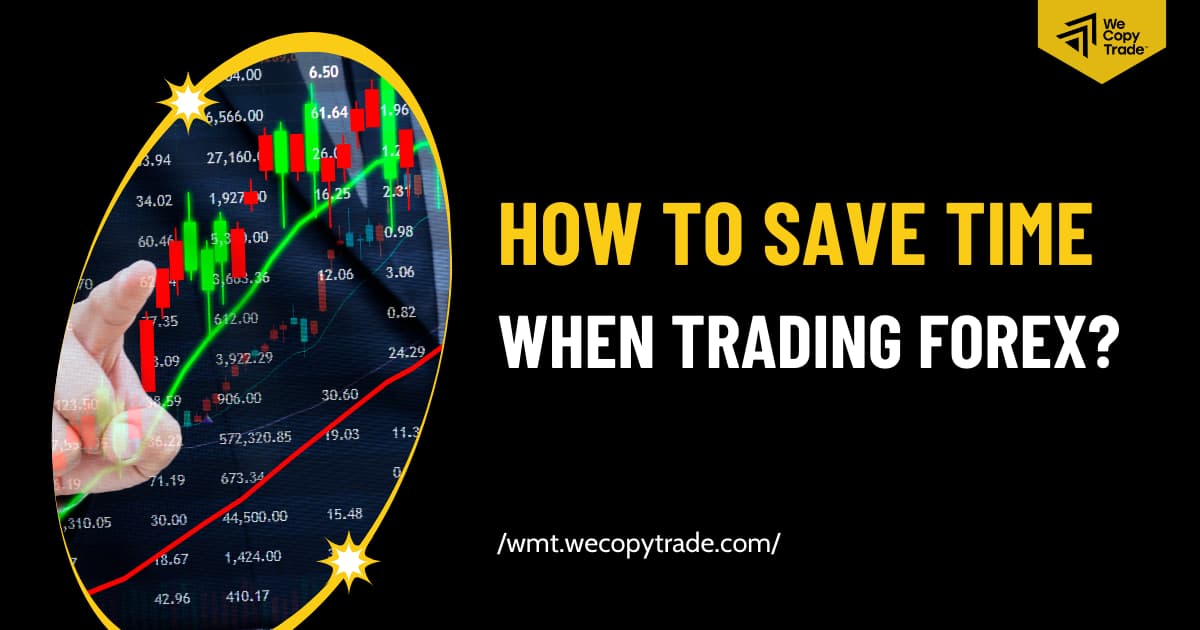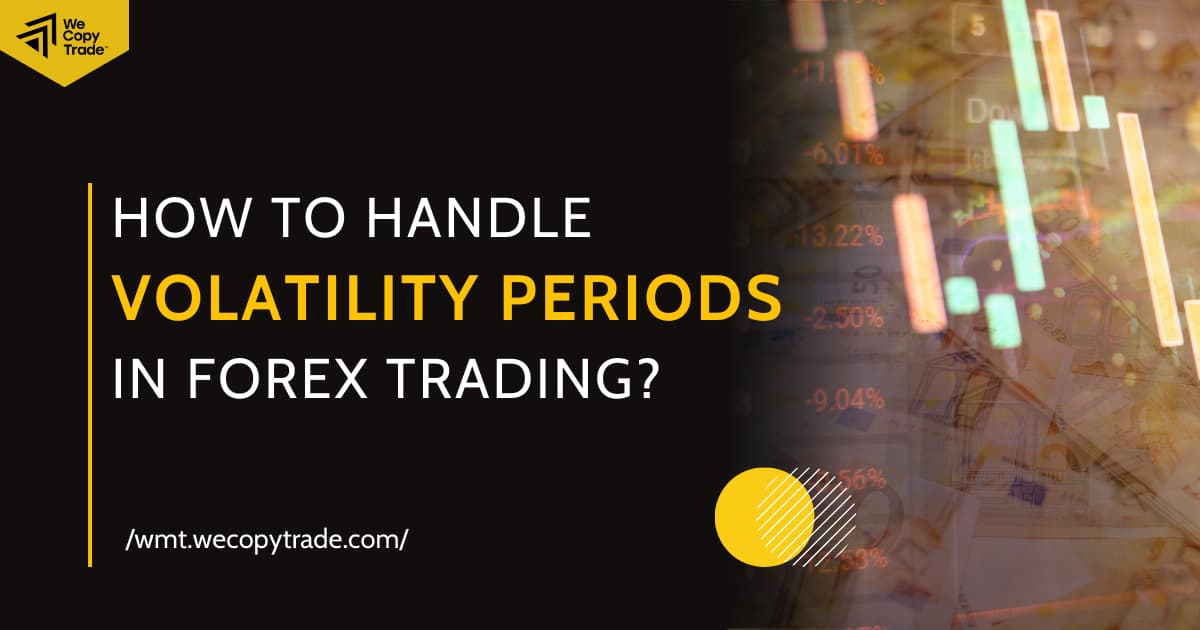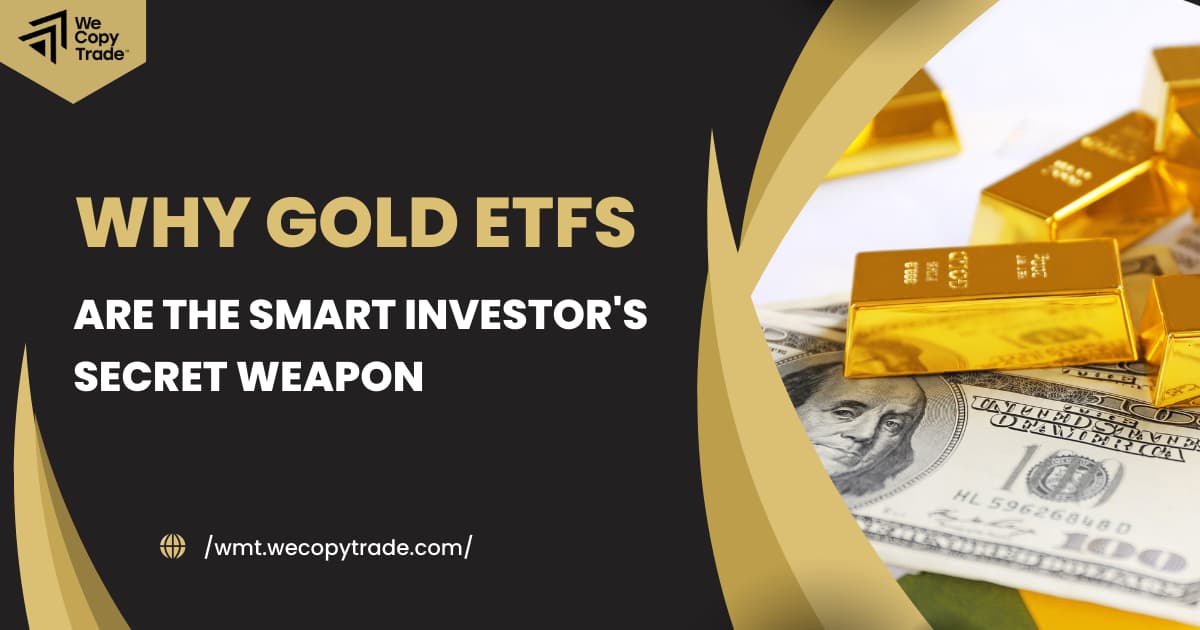
Gold exchange-traded funds, or gold ETFs, are a great option for those looking to diversify their portfolios. They allow traders to buy and sell shares that represent the price of gold rather than having to store physical gold bars or coins. While gold is a proven store of value, ETFs remove hurdles like storage and add liquidity. This article will explore why gold ETFs are a go-to investment tool used by savvy investors.
What are Gold ETFs?
Gold ETFs, or exchange-traded funds allow investors to conveniently own gold without having to store physical bars or coins. A gold ETF is a security that tracks the gold price and trades like a stock on major exchanges. It offers exposure to gold prices without the hassle of transporting or securing physical bullion.
There are generally two main types of gold ETFs:
- ETFs invest in physical gold: These ETFs actually purchase gold bullion and store it in vaults. Their value is directly tied to the real-time spot price of gold.
- ETFs invest in stocks of gold mining companies: Rather than physical gold, these ETFs invest in companies that mine and produce gold. Their performance corresponds to the broader gold equities market.
- Leveraged gold ETFs: These ETFs use financial derivatives to deliver daily returns multiple times the underlying gold price, providing an amplified gain or loss compared to standard gold ETFs.
It is best to consider your goals, risk tolerance, and timeline to determine which type of gold ETFs will be the best fit for your needs.
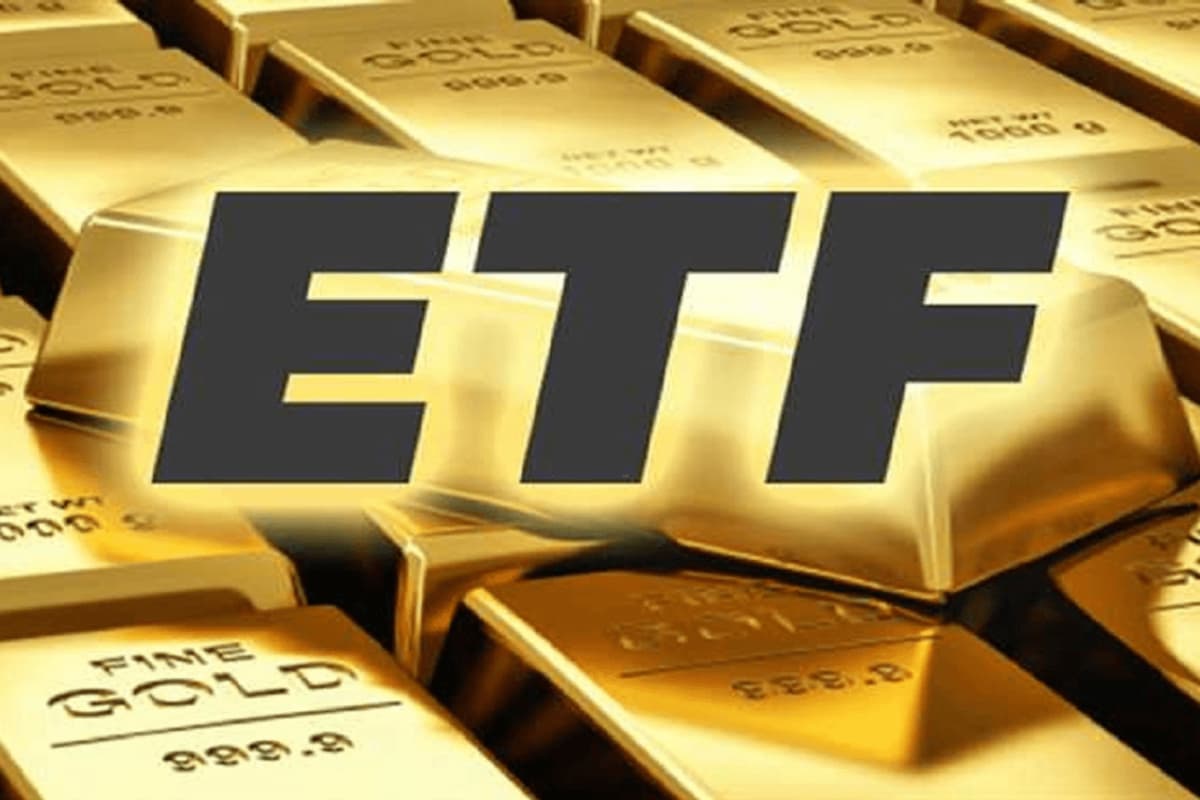
Why Choose Gold ETFs?
Gold ETFs have become a prevalent choice among expert investors for several reasons:
- Liquidity: Gold ETFs can be bought and sold on the stock exchange just like stocks. This provides easy access to your money whenever needed.
- Diversification: By adding gold, which often moves differently than other assets, ETFs can help balance risk across your holdings.
- Cost effectiveness: Gold ETFs have much lower costs than physical gold, which requires expensive storage and insurance. ETFs charge small fees and handle safekeeping.
- Accessibility: Anyone can invest in gold ETFs regardless of account size. They provide a simple way for both beginners and experienced investors to add the respected safe haven asset of gold to their portfolio.
The liquidity, diversification, affordability and simple access make gold ETFs a worthwhile investment option for investors seeking a balanced approach.
Gold ETFs vs. Other Gold Investments
Gold ETFs offer investors an option to include gold in their portfolios without some of the downsides of other gold investment options.
Gold ETFs vs. Physical Gold
When you own physical gold coins and bars, you need to find a secure spot to keep them safe, like a home safe or safe deposit box. Moreover, when you want to sell physical gold, it can take some time. With gold ETFs, you can buy and sell your ETF shares as easily as any stock. No more concerns about where to safely store gold bars and coins – the fund managers take care of the gold storage for you.
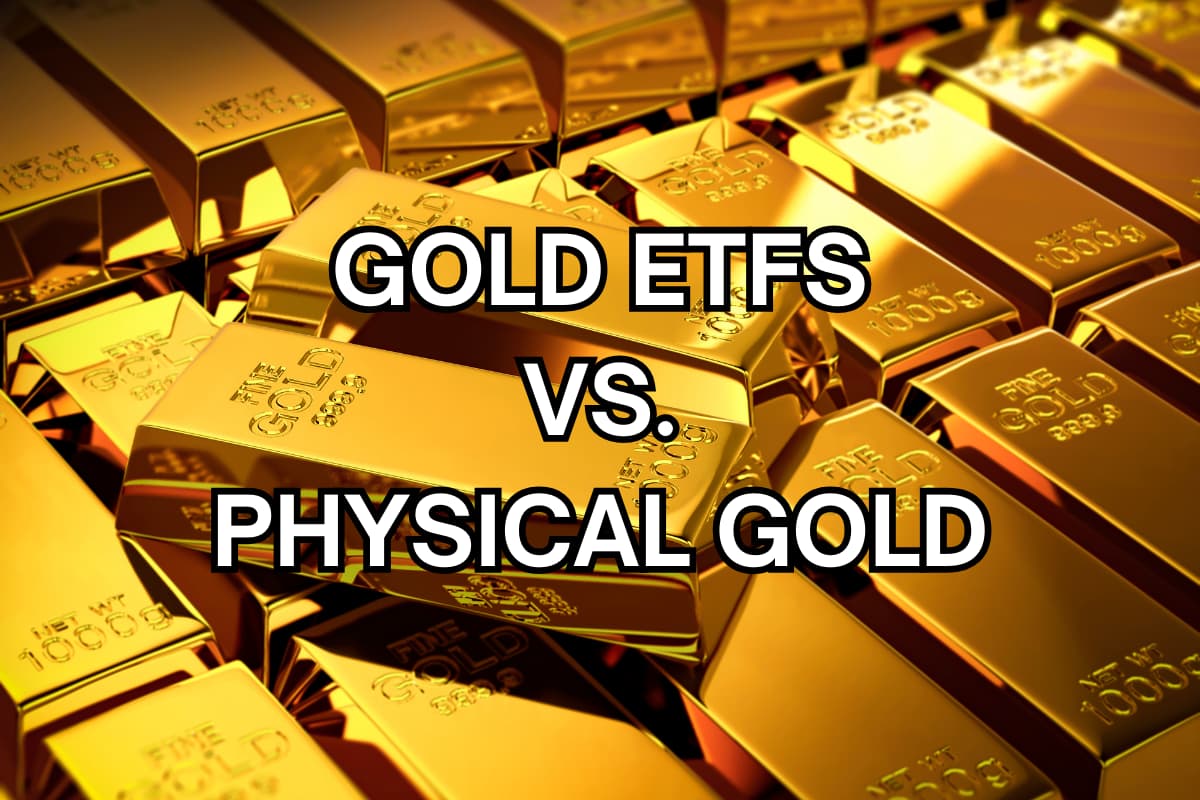
Gold ETFs vs. Gold Mining Stocks
Gold mining company stocks can be risky investments because their profits rely on mining costs and management decisions. Gold ETFs simply follow the price of gold itself, making them an easier and generally less hazardous way to get gold exposure. When you invest in a gold ETF, your returns move up or down with gold prices.
Gold ETFs vs. Mutual Funds
Gold mutual funds are run by money managers who choose different investments hoping for gains, but their fees tend to be higher. Gold ETFs normally charge less in fees since they simply mirror gold prices. This makes ETFs a more affordable choice for getting investment exposure to gold.
How to Invest in Gold ETFs
Investing in gold ETFs is quite straightforward and you may start with a brokerage account. If you do not have an trading account yet, there are a range of online trading platforms that allow you to purchase and sell gold investments with just a few clicks, just like you would with stocks.
Step 1: Find a Gold ETF
The first step to invest in gold ETFs is to research your options and find one that matches your goals. Popular exchange-traded funds are easily located on brokerage websites or mobile apps. Comparing factors like costs, fund size, and track record can help investors select a reputable gold ETF that suitably represents their preferred way to invest in gold.
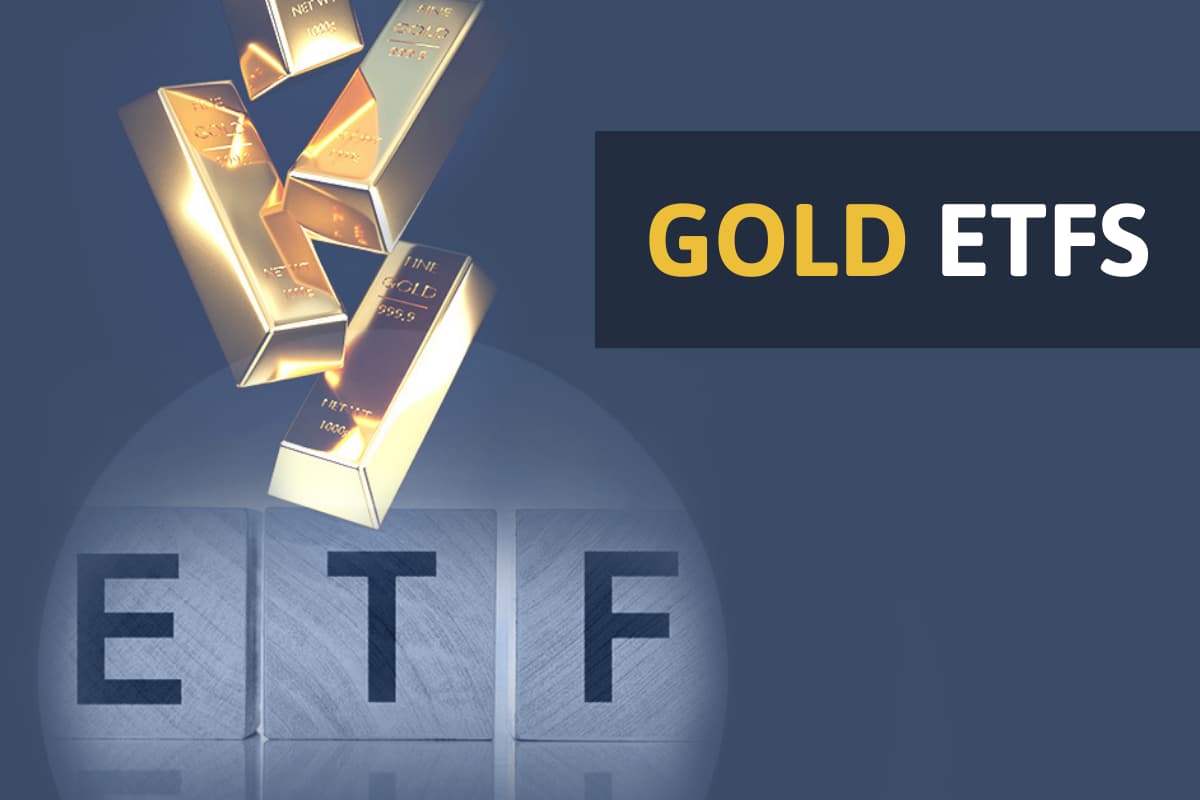
Step 2: Analyze the ETF
It is essential to choose the right type of gold ETF for your needs. When evaluating gold ETFs, consider the underlying assets, expense ratio, liquidity, and fund performance ove the past five years. All of this details may be found on the ETF’s website.
Step 3: Purchase the Gold ETF
Once you have picked the right fund, it is time to buy shares. Purchasing the ETF you want is straightforward – just enter the ticker symbol on your gold trading platform like any other trade. Within minutes, your selected gold ETF will be yours.
Risks and Considerations
While gold ETFs deliver a convenient and cost-effective way to invest in gold, there are still some factors for investors to bear in mind. As with any investment, gold prices can be volatile so:
- Market risk: The prices of gold and the ETF can fluctuate substantially in a short time period. This subjects the investment to market swings.
- Tracking error: Physical-backed ETFs carry custodial risk if the gold is improperly stored or transported. Futures ETFs may underperform the actual gold market over time due to fees.
- Choosing carefully: Investors must select ETFs based on costs, assets under management, trading volume and reputation. Not all ETFs are equally well-managed.
Paying attention to these potential risks and characteristics of different ETFs can help investors make informed choices suited to their individual risk tolerance and preferences.
Tips for Investing in Gold ETFs
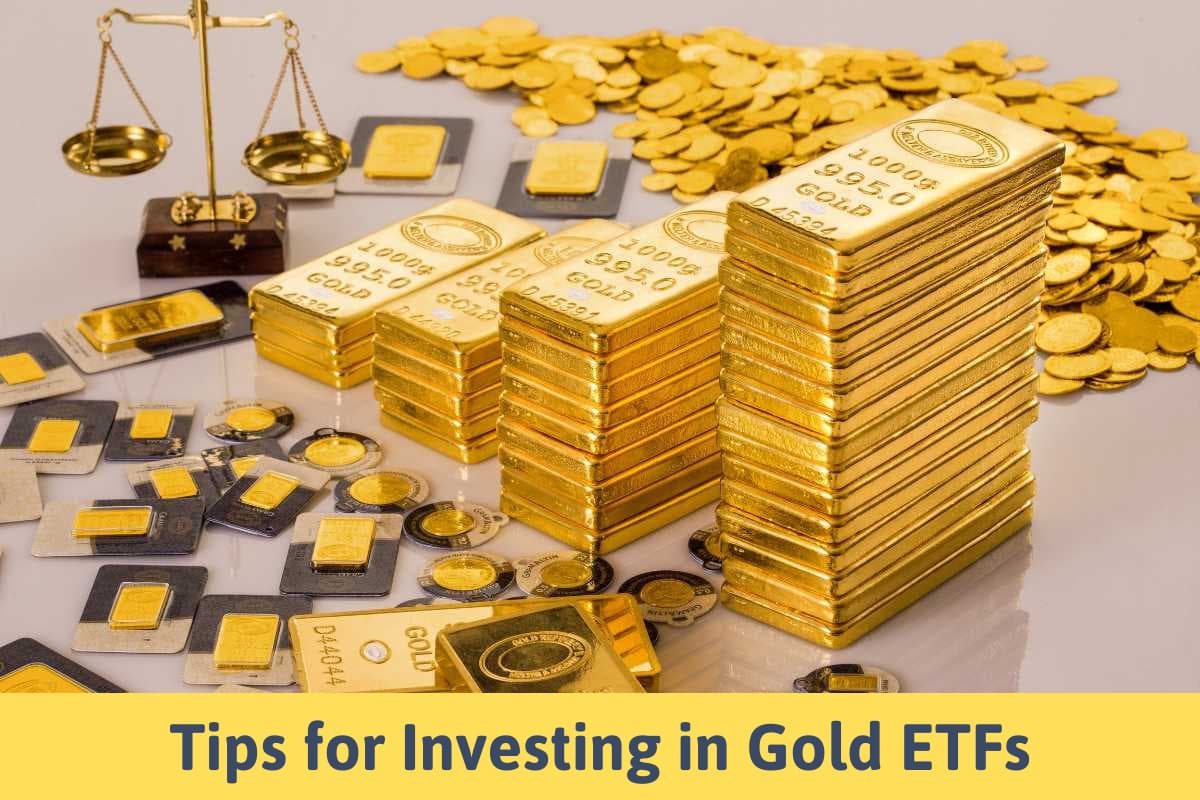
If you decide a gold ETF is the right fit for your investment portfolio, here are a few tips to help you invest successfully:
- Do your research: You need to compare expense ratios, average trading volume, and track records of top ETFs to pick the best option.
- Decide your strategy: Will you actively trade around gold’s fluctuations or hold for long-term diversification? Approach ETF selection accordingly.
- Consider your balance: Add just enough gold exposure to balance your other holdings. Too much can overexpose your whole portfolio to one commodity.
- Reevaluate periodically: Gold markets and ETF performances change over time. Check in every few years to ensure your ETF still aligns with your goals.
- Be patient: Do not expect explosive overnight gains from gold. Look at it as a way to reduce volatility over many years alongside other investments.
Final Words
In conclusion, gold ETFs provide an easy, affordable way for investors to add gold to their portfolio without storing physical gold bullion. Their convenient nature as tradable securities makes them a powerful yet simple tool. With the right research and understanding of their needs, smart investors can uncover gold ETFs as a secret weapon for investment portfolio diversification.
Please check out the WeMasterTrade Blog for additional trading tips and insights.


